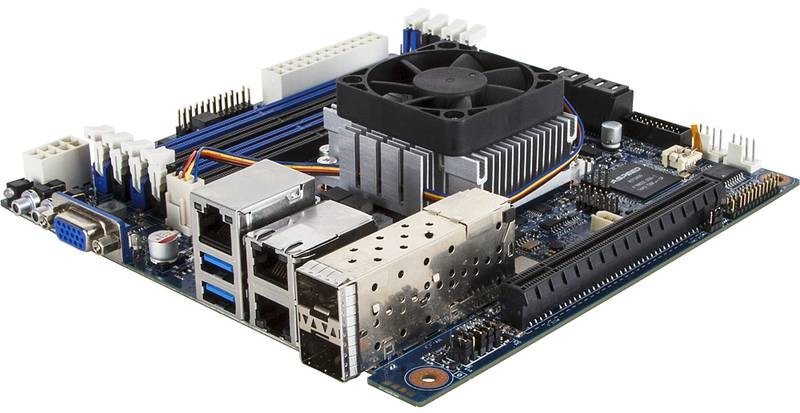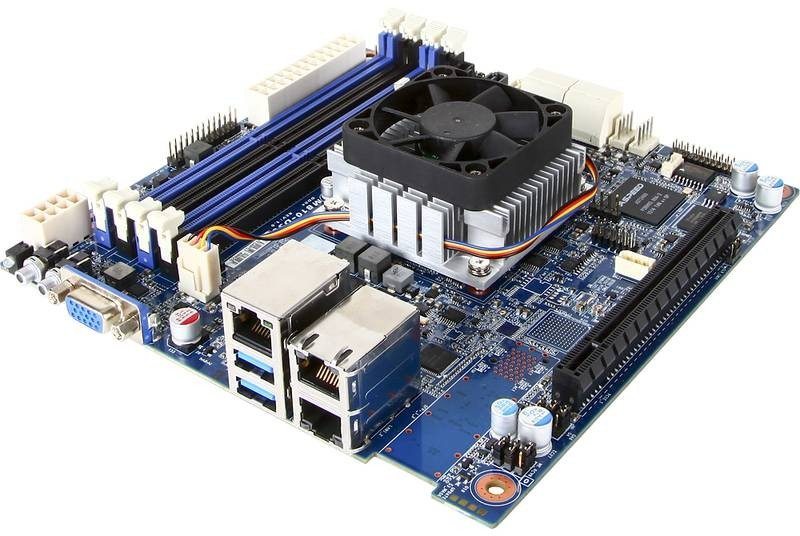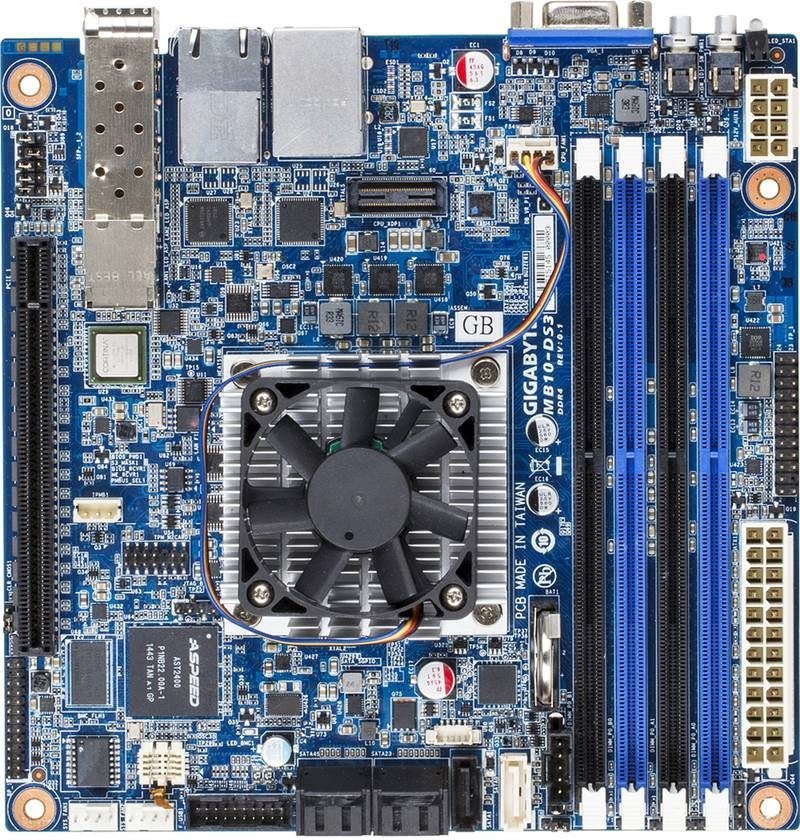GIGABYTE Launches Intel Xeon D-1500 Server Motherboards
Bohs Hansen / 9 years ago

Intel launched the very impressive Intel Xeon D-1500 System on Chip (SoC) last year and now GIGABYTE is ready with four new server boards based on this tiny wonder chip. The Xeon D-1500 family is a series aimed at low power and high-density server applications and it great at that as we’ve seen in our review section.
While I said that there are four new motherboards in this line-up, that’s both true and false at the same time. A better way to say it would probably be that there are two new motherboards that each come in two versions. The difference between the two versions is the SoC that has been used. Two of the motherboards use an Intel Xeon D-1521 processor while the other two use the faster Intel Xeon D-1541 processors. The motherboards are identical on all the other parts than the SoC.

The MB10-DS4 and MB10-DS3 server motherboards come with four cores/eight threads and eight cores/sixteen threads respectively from the SoC and are equally well packed on connectivity. Despite the small mITX form factor, these motherboards still pack dual 10GbE SFP+ LAN ports as well as dual 1GbE LAN ports for optimal connectivity. There’s also a dedicated IPMI 2.0 remote management port with iKVM support. With four DIMM slots, these motherboards can take up to 128GB ECC DDR4 memory and run it at 2133MHz.

Being server motherboards, these come with a rear IO ID button as well as a power button and LEDs for quick diagnostics. There’s also a D-Sub VGA port and two USB 3.0 ports. You can connect two more USB 3.0 ports via the onboard header, but we don’t find any USB 2.0 at all. There are six SATA ports for your drives and you also get a single PCI Express x16 Gen3 slot on the motherboard. The integrated display option is powered by the well-known Aspeed AST2400.

We find the same setup as on the above motherboards when we look at the MB10-DS1 and MB10-DS0 server motherboards, except for one difference. These motherboards don’t have the two 10GbE LAN ports that the above two come with. The faster network connection is something that will increase the price slightly per system which in return quickly runs up when a lot of systems have to be deployed. If you don’t need it, then don’t pay for it and get the versions without. It’s great to see so many options for what’s basically one motherboard with a few changes each time.




















